In the meantime, we have driven a long way from Flores to the center of Guatemala. The route took us via San Felipe on Lake Itzabal to Guatemala City and from there on to Lake Atitlán.
Incidentally, we had the pleasure of staying at Lake Itzabal for two nights at a wonderful campsite right on the lake with a jetty and house on the lake. Of course, we slept in our camper Ben, but we were able to spend the time enjoying the evening atmosphere at Lake Itzabal directly on the terrace of the house overlooking the lake for our evening aperitif, for example. With stopovers like this, long journeys are much more enjoyable and make the trip in your own camper particularly eventful!
Panajachel
The first place on Lake Atitlán that we visit is Panajachel, or Pana for short. The town can be reached from Guatemala City in around four hours, making it the first destination on Lake Atitlán for many travelers. The view is magnificent. We can see across the lake and three volcanoes rise majestically into the sky on the opposite shore. The view over Lake Atitlán from Panajachel is probably one of the most beautiful from all sides of the lake.
There are few activities in Panajachel itself, apart from shopping. We stroll through the market with its many handmade fabric products. Lake Atitlán lies in the middle of the Mayan region of Guatemala. Many people here are directly descended from the Maya and still belong to the Maya people today. Accordingly, many of the women wear the colorful embroidered or colorful woven dresses with the world-famous fabric patterns every day.
Santa Catarina Palopó
Santa Catarina Palopó is 10 minutes by tuk-tuk from Panajachel. Well, we don’t think twice and take the first tuk-tuk along steep, winding roads to this next small coastal town. Santa Catarina is known for the colorful patterns on the facades of its houses. Thanks to a local initiative, many buildings have been painted with similar patterns in predominantly blue tones. The result is an attractive backdrop for tourists and locals alike. The town is also known for its ceramic crafts. During our visit, however, we don’t find too many handicrafts. In San Antonio Polopó – one town further in the same direction – the situation is different, but we are only passing through here on our round trip around Lake Atitlán. However, the ceramics are on display in several stores directly on the road, so if you like ceramics, San Antonio is certainly the place to be.
Around the lake with camper Ben
After Pana, we set off on a clockwise drive around the lake with our next destination being San Pedro la Laguna. We think nothing of it when we choose the most direct route as the roads in this region have so far been very steep and winding, but asphalted. Well, not everywhere: we probably wouldn’t have chosen the most direct route a second time: Just past San Antonio, the road construction vehicles are parked but the road is still mostly in unpaved condition. The road is dusty and bumpy and we have to overcome the height of the steeply sloping mountains on the lakeshore to reach the well-maintained main road for the onward journey. Without exaggeration, the gradient of the road probably exceeds 100%. In first gear, our camper Ben snorts slowly but surprisingly steadily up the steep roads and tight hairpin bends to the main road. Now that’s an adventure! Surely four-wheel drive and all-terrain tires would be the first choice, but we are pleasantly surprised at how much we can put Ben through – but maybe we shouldn’t next time… This time everything went well!
The rest of the passage to San Pedro la Lagune is on perfect roads and we drive around the three striking volcanoes of Toliman, Atitlan and San Pedro, which we had previously viewed from Panajachel from a distance in an impressive panorama. The fertile soil here is often used to grow coffee, therefore we drive past countless small coffee plantations through dense greenery.
San Pedro la Laguna
We take the final hurdle when we enter San Pedro. We want to stay in this town for a longer period (about one to two weeks) to attend a Spanish course. We enquired about parking spaces in advance and one of them is in the middle of San Pedro. It is also supposed to be suitable for larger vehicles. Ok, so we drive into the town. Unfortunately, the roads in this town are more suitable for small vehicles, aka tuk-tuks, and immediately after the first intersection we are surrounded by buses and trucks from behind and in front to such an extent that no progress is possible for the next quarter of an hour. But as Guatemalans are like that, some honk out of conviction, but most of them help us to maneuver and with a little exchange with the other drivers, we finally manage to continue to the parking lot without any damage to our car.
San Pedro has a very touristy main street parallel to the lakeshore. There is probably a lot on offer here for party-hungry hostel visitors. We take the impressions with us, but we are happy to stay a little off the tourist road where it is quieter. Many of the alleyways are very narrow and extremely steep and can only be accessed by tuk-tuks, if at all. And where there only seems to be room for pedestrians, there is still enough space for a motorcycle. We visit the local market to cook or stop at a café for a treat and to finalize our blog posts. Life in San Pedro is very pleasant for us and we feel really comfortable arriving here for a limited time.
Corazon Maya, San Pedro la Laguna
And within half an hour of arriving in San Pedro, we had already found our Spanish school: Corazon Maya. The school is run by a local Mayan family and probably also works with various cooperatives in San Pedro. This gives us a perfect first impression and we book our intensive Spanish course for the next day. The two of us share a teacher and from then on we have lessons every weekday from 09:00 – 13:00 in a beautiful garden right on Lake Atitlán. In addition to the lessons, we can take part in optional activities in the afternoon at no extra charge to better understand the culture, agriculture and life of the Guatemalans. For example, we have a barbecue together, on another day in the afternoon after school we can help the family that owns the school to extract coffee beans from the coffee berries. To our surprise, there are also saunas in Guatemala, they are just called something else here: Temazcal. Thanks to the school, we are also able to try out this experience. The temazcal has a wider temperature range, as the perceived temperature varies more with the humidity. In addition, the heat is originally emitted from an oven into the interior by a fire on the outside of the round room. Fresh eucalyptus from eucalyptus trees directly from the school’s garden provides the perfect aroma.
San Marcos la Laguna
Transportation between the towns on Lake Atitlán is usually by boat. This is extremely fast and comfortable compared to the roads around the lake. On a free day, we take the boat transfer to San Marcos to visit another place on Lake Atitlán. And we are a little overwhelmed. San Marcos must be a center of hippie dropouts. From the jetty to the main street in the village, it is both the tourist center and the center of the hippie vibe. For our taste, it is already very much at the upper limit of what can still be considered tolerable and we are probably rather tolerant. There are signs everywhere advertising organic food, yoga classes and spiritual this and that. This drowns out the local Mayan culture quite a bit. Fortunately, we are in San Pedro, which is a more suitable place for us, for the longer time at the lake and not here in San Marcos. But if you are looking for the drop-out center at Lake Atitlán, San Marcos is the place to be.
Despite the overwhelming first impression, we find a relaxed place to enjoy the view over the lake with a cool drink. There is also a small nature park with cliff jumping. But we don’t visit it during this stop in San Marcos.
Santiago Atitlán
We visit the largest town on Lake Atitlán, Santiago Atitlán, in a more touristy way. We let a tuk-tuk driver take us through Santiago and visit six beautiful, sometimes touristy places in Santiago in less than two hours. We pass a viewpoint with a view of the Toliman volcano and take a closer look at the traditional costumes – many of which are still worn in everyday life today. The rich hand embroidery is very impressive!
We also pass the altar of Maximón. This popular saint is mainly worshipped in the highlands of Guatemala, including Santiago. However, we are not at the altar at the time of a ceremony, so we only have time to look at the venerated figure and need to pay the priests to the left and right of the altar the amount owed. Unfortunately, we are not allowed to take photos – otherwise we would have published an impression of the figure here.
San Juan la Laguna
We climb to a famous viewpoint in San Juan la Laguna from where we can see the whole lake. The village itself is also beautifully designed and has an exciting decoration of colorful hats, lamps and umbrellas, especially on the road to the pier and in the main pedestrian street in the village. The walls of the houses to the left and right of the alleyways are decorated with numerous beautiful murals. These impressions correspond to the colorful life we encounter in Guatemala.
Our conclusion about Lake Atitlán
It is really exciting to see how different the various places around Lake Atitlán are. On the one hand, of course, the views with or without volcanoes and, on the other side, the directly perceptible focal points of the people in the various villages. In addition, the places to the east and south-east in particular are still very pristine and, unlike the places we visited, have much less influence from tourism, with all the associated advantages and disadvantages. We like the moderate mix best, where the original still has its place, but one or two good cafés or restaurants have been able to establish themselves because of the tourists. In this respect, San Pedro is exactly the right place for our language course.
Although we enjoy our time at the Corazon Maya Spanish school and around Lake Atitlan, after 15 days we are glad to be moving on again. We hadn’t been in one place for so long during our entire trip and somehow we were slowly but surely drawn onwards. There are still a few exciting stops waiting for us in Guatemala before we continue on to El Salvador!




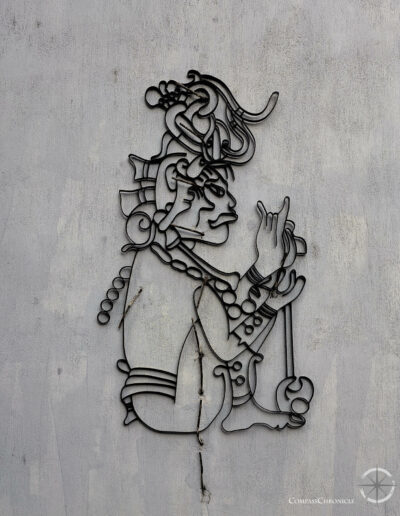
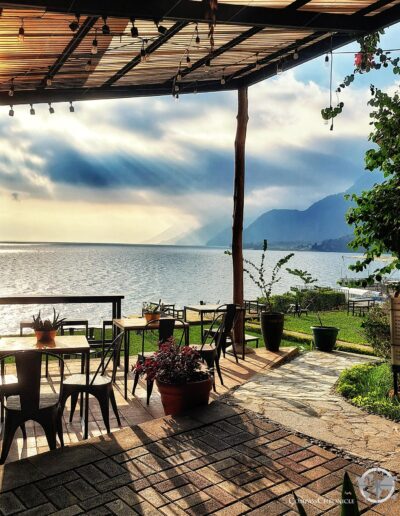
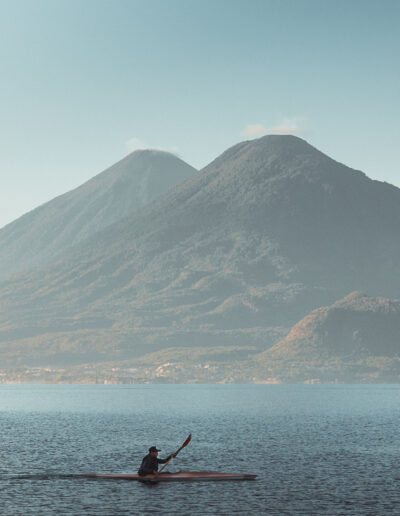

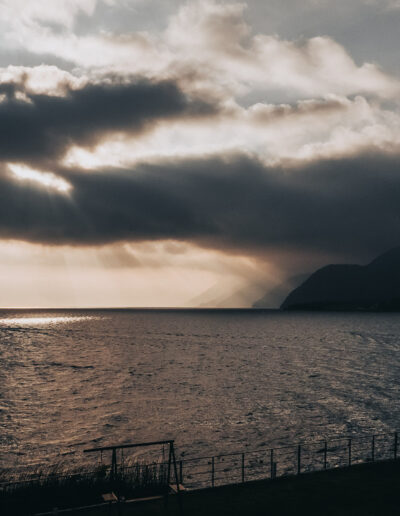
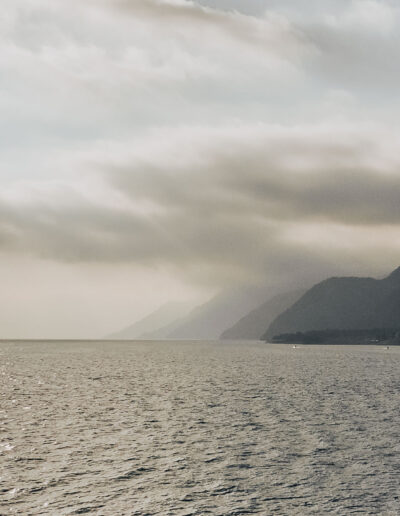

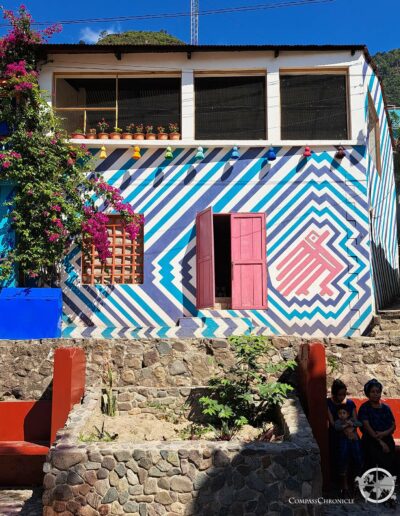

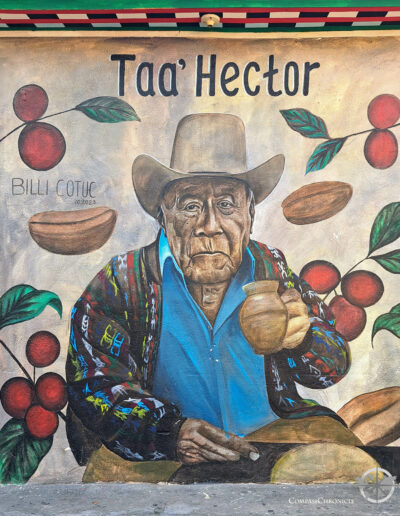


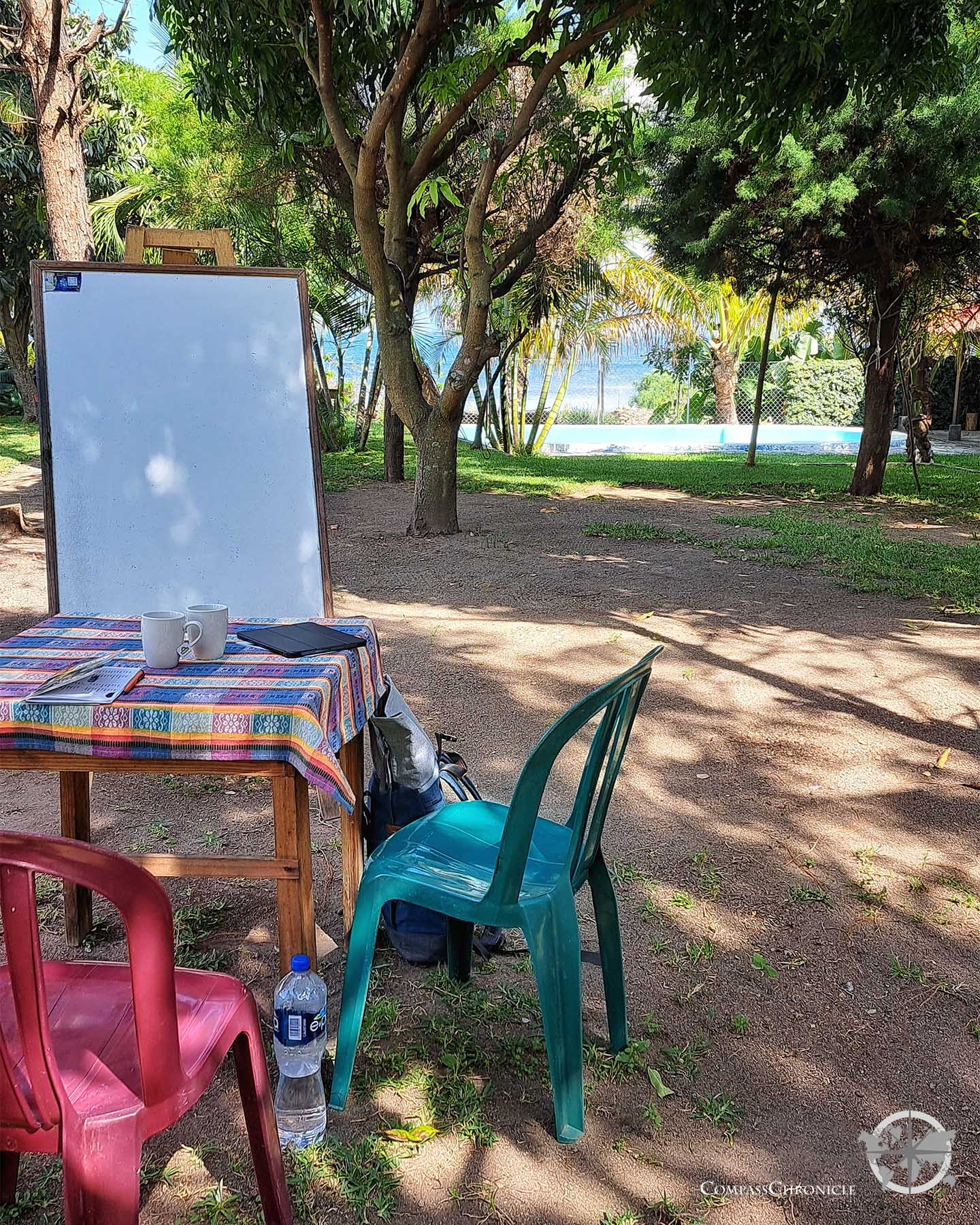

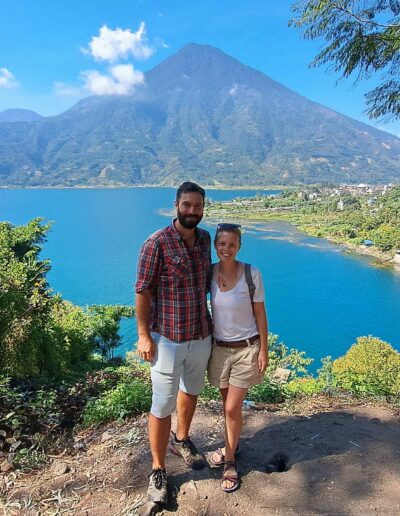




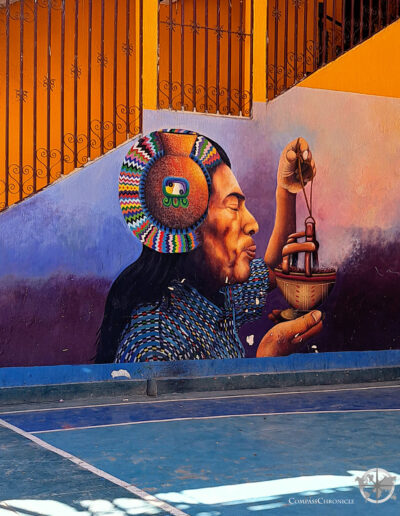
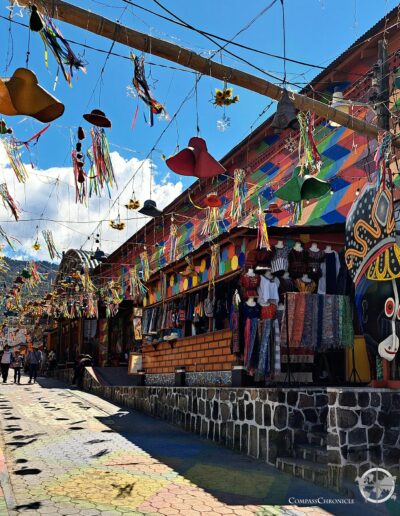


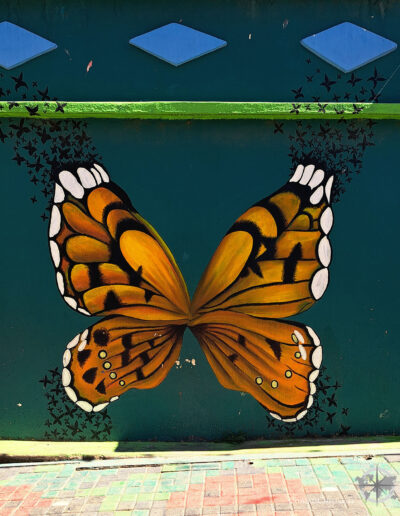

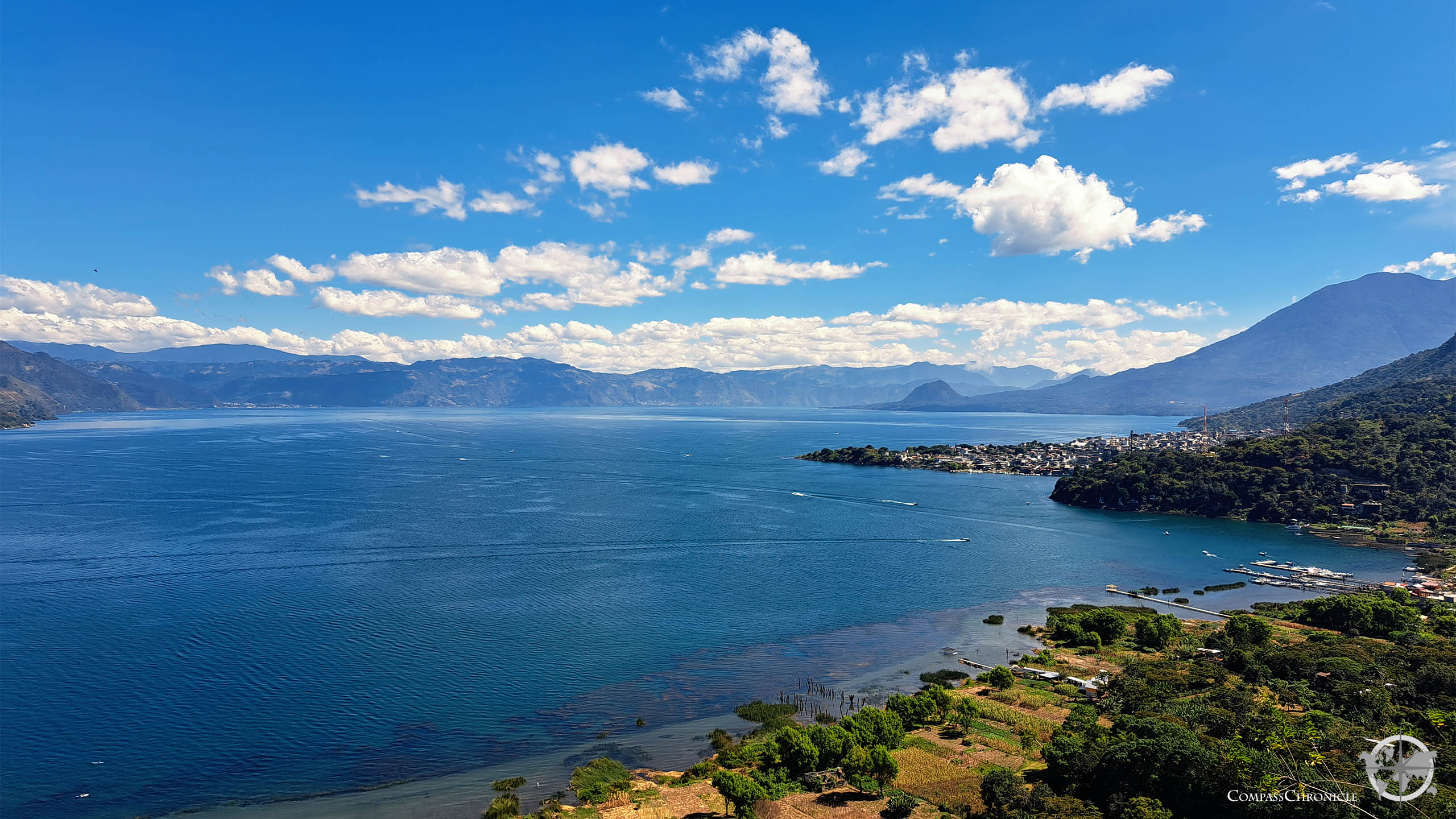
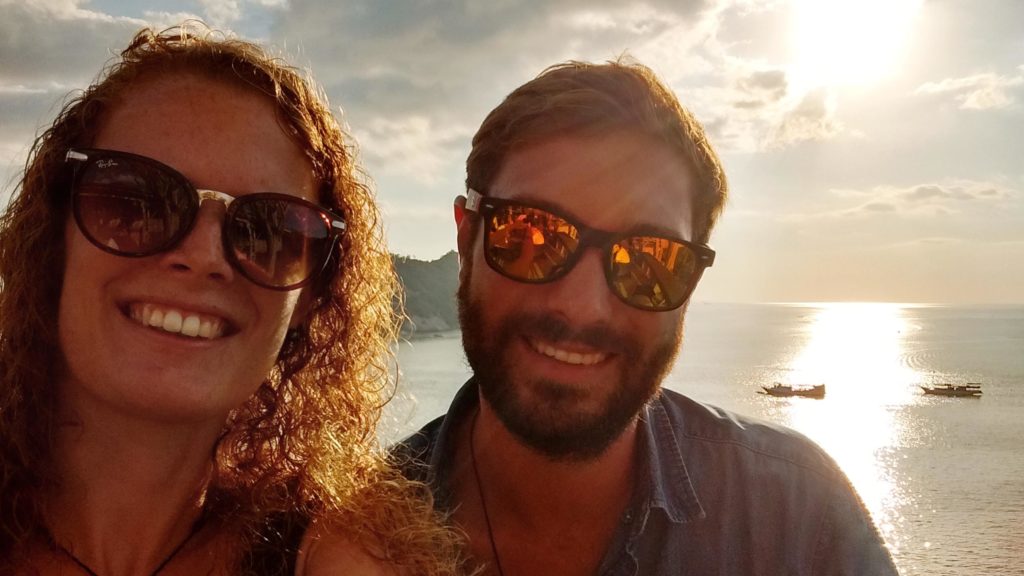
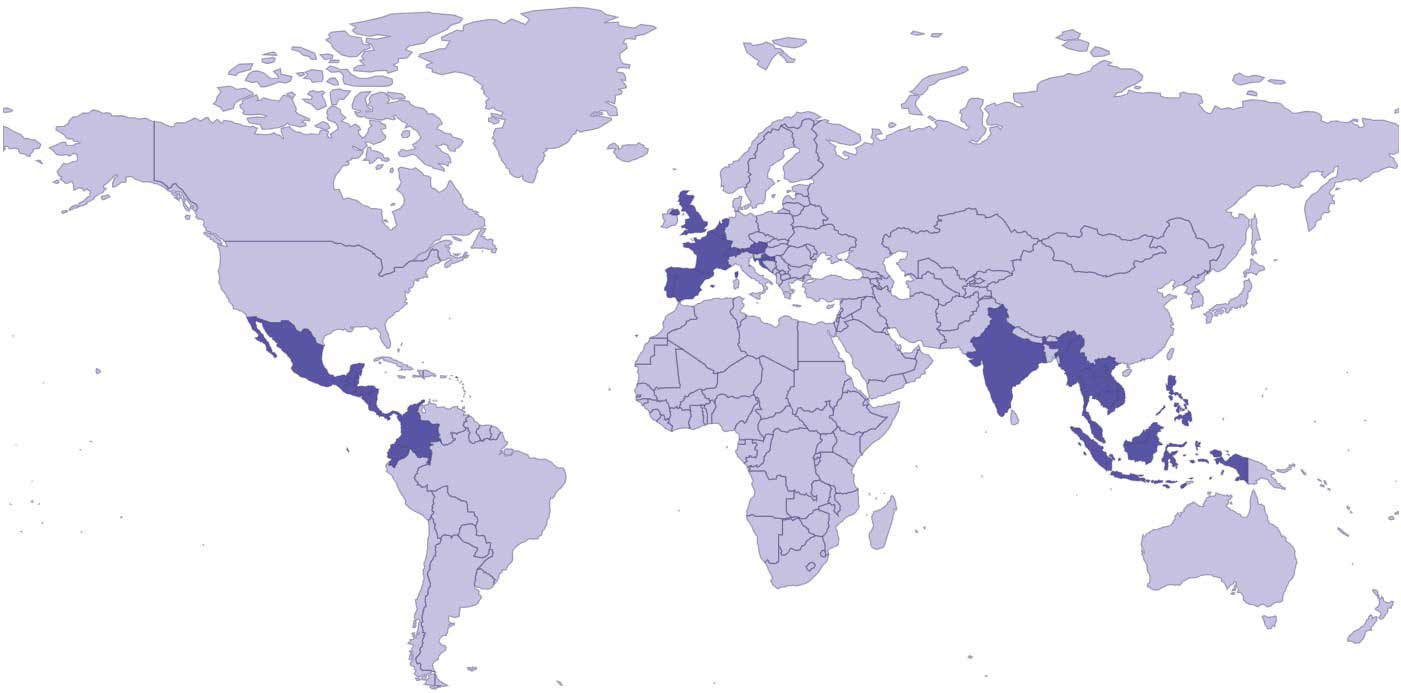

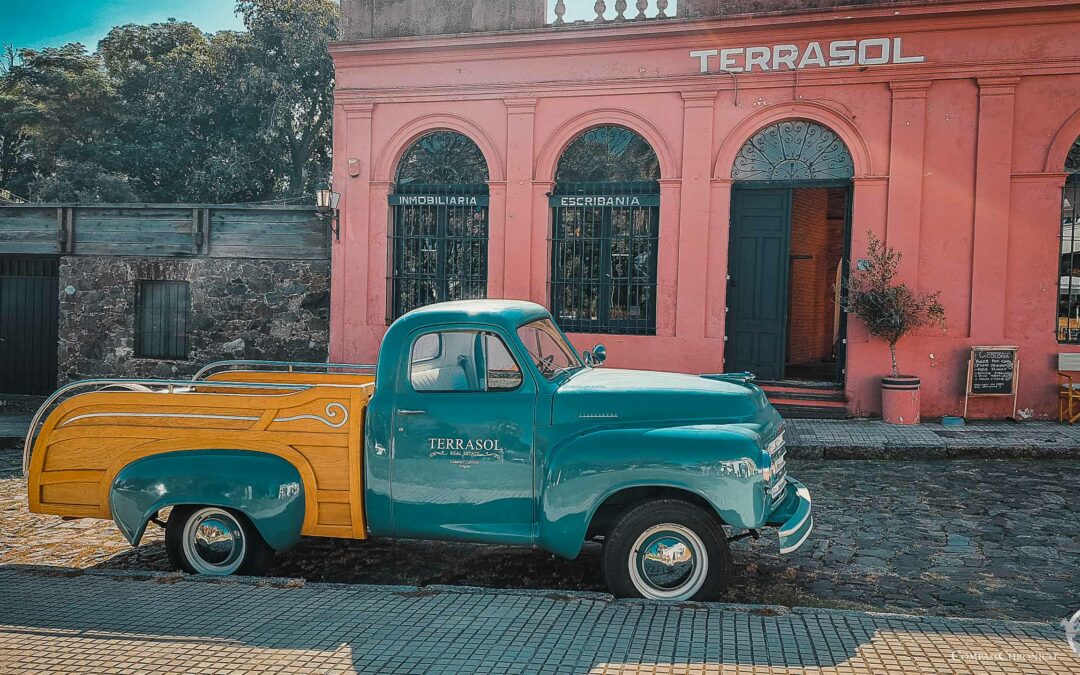
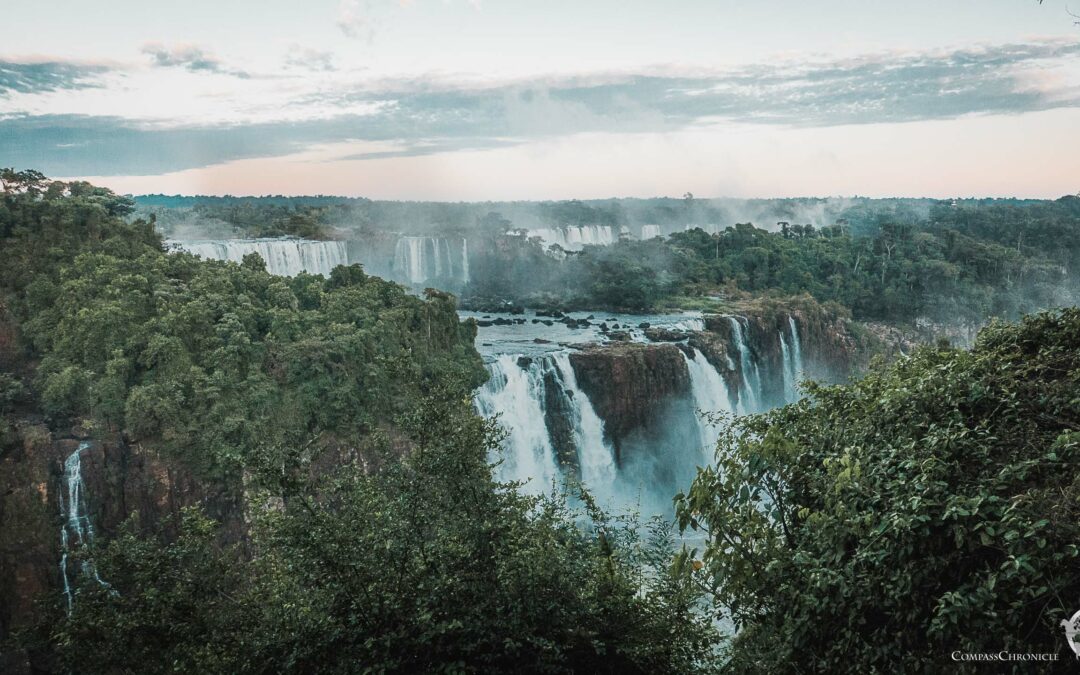
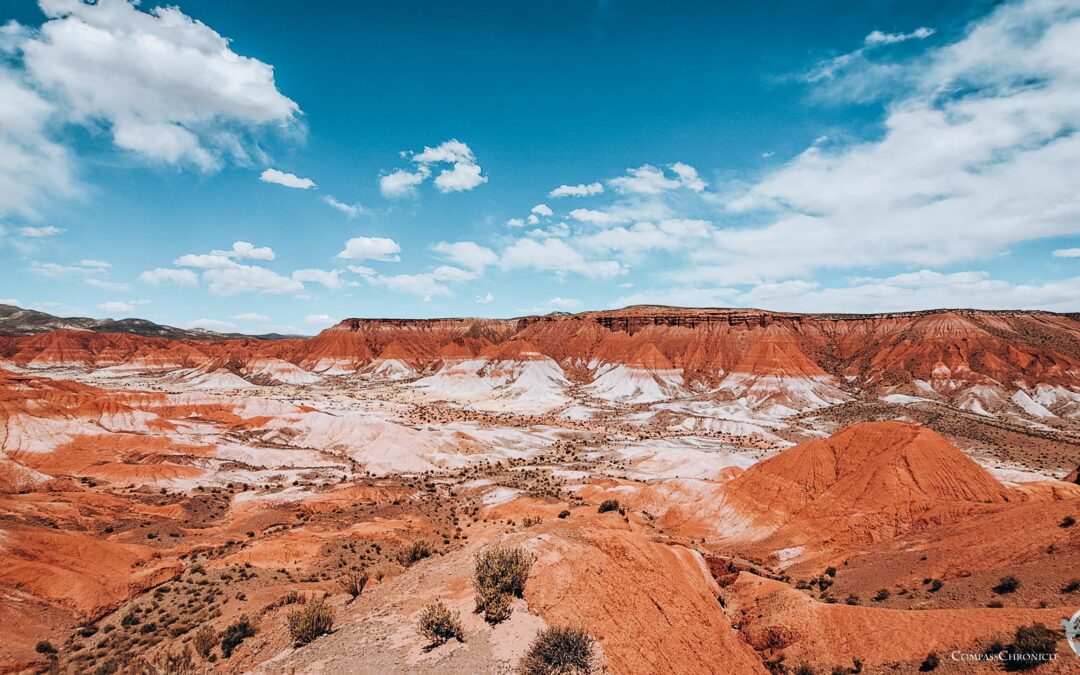
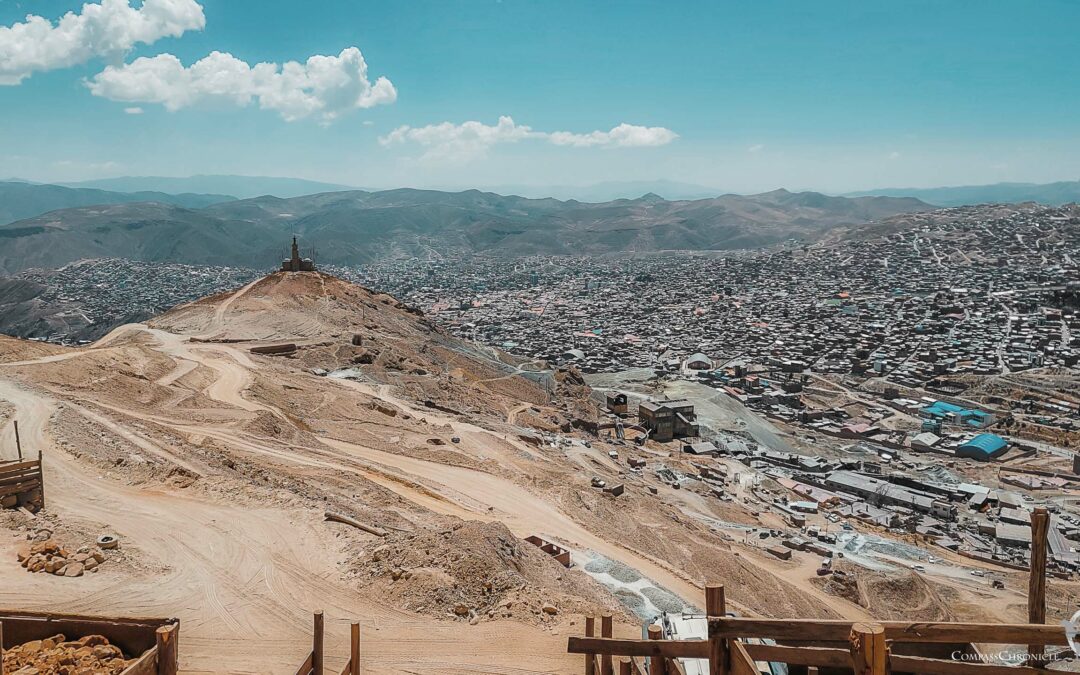
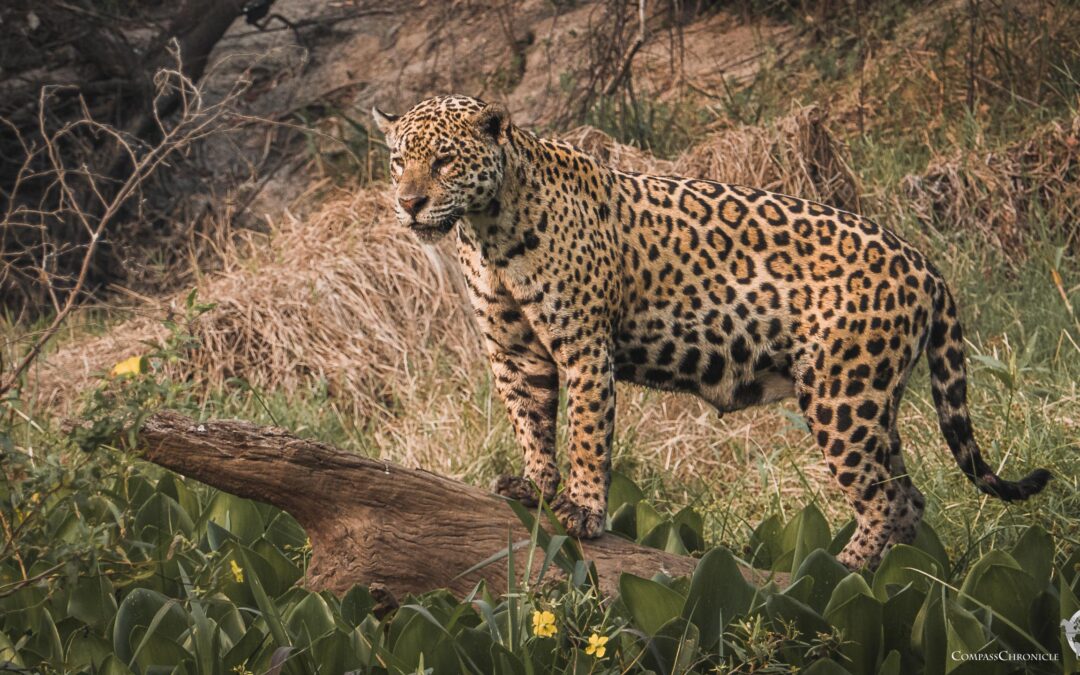
0 Comments